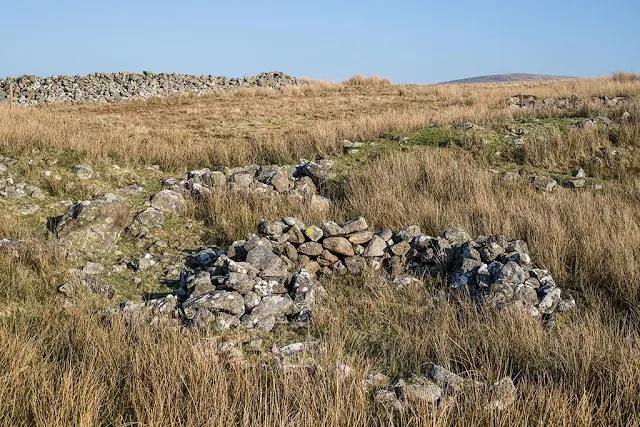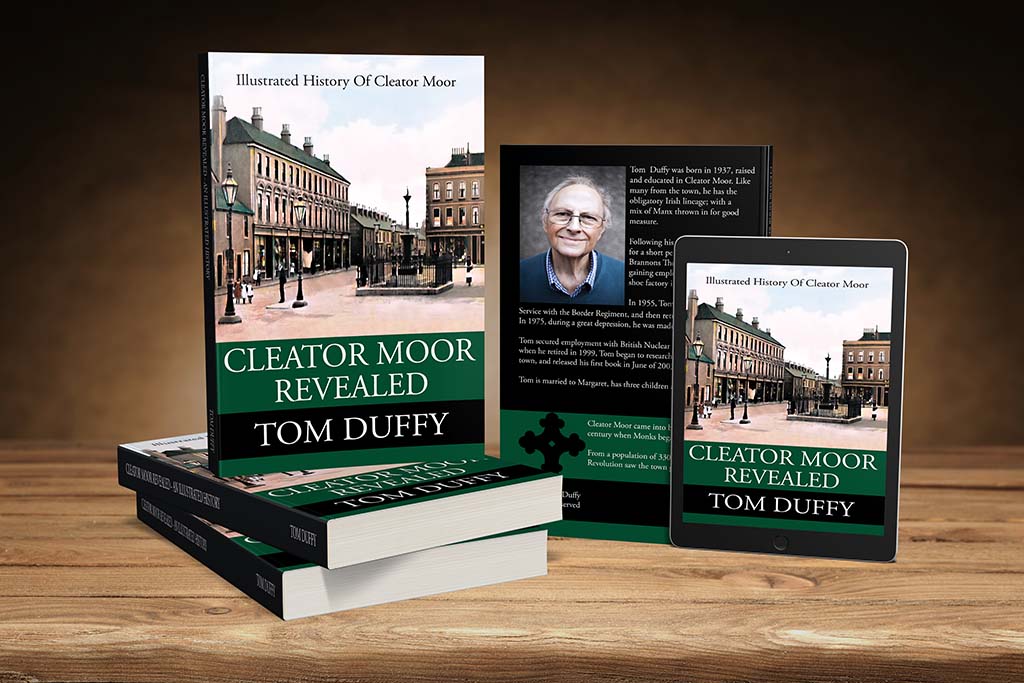West Cumbria is littered with prehistoric settlements, barrows, cairns, standing stones, circles and earthworks which are still much the sam...
West Cumbria is littered with prehistoric settlements, barrows, cairns, standing stones, circles and earthworks which are still much the same as they were thousands of years ago.
Around six miles from Cleator Moor is the
Tongue How medieval settlement – it is one of the best you will see in Cumbria, and perhaps all of England. Bronze Age activity accounts for the most extensive use of the area, and evidence for it includes some of the largest and best preserved field systems and cairn fields in England, as well as settlement sites, numerous burial monuments, stone circles and other ceremonial remains.
- Because of their rarity in a national context, excellent state of preservation and inter-connections, these prehistoric monuments are identified as nationally important.
The settlement includes the earthworks and buried remains of four prehistoric stone hut circle settlements, associated field systems, funerary cairns, a cairn cemetery and an extensive cairnfield, a Romano-British farmstead, and a medieval shieling and associated lynchets.
 |
| Tongue How, Bronze Age Settlement |
- During the 1950s one of the funerary cairns was excavated, and was found to contain a stone cist and evidence of a cremation.
The funerary cairns have forms similar to excavated funerary cairns dated to the Neolithic or Early Bronze Age (about 3000-1500 BC) while the unenclosed hut circles are considered by comparison with dated examples from elsewhere in northern England to span a broad period from about 1750-450 BC.
Two of the prehistoric stone hut circle settlements lie adjacent to each other; the western settlement exhibits a hut circle measuring approximately 13.5m in diameter with walls up to 0.35m high and an entrance on its eastern side. A substantial stone wall connects the hut circle to a sub-circular stock enclosure to the south east. This has an entrance on its northern side and contains a sunken interior within which are traces of a later three-sided drystone structure of uncertain function. To the north east of this enclosure, and joined by a stone wall, is a circular feature interpreted as a second hut circle. The eastern of these two adjacent stone hut circle settlements consists of a partly excavated and reconstructed hut circle measuring 9.5m in diameter with walls up to 0.75m high together with two associated stock enclosures; an oval one to the west of the hut circle and an irregularly-shaped one to the north.
 |
| Tongue How, Bronze Age Settlement |
On the hillslope to the south, west and east of these hut circle settlements lies an associated field system defined by a series of parallel stone banks. The fields are generally long and narrow and vary between 27m and 32m in width. The absence of stone clearance cairns in some of the fields and the presence of cairns in other fields suggests different agricultural practices were undertaken here.
The third prehistoric stone hut circle settlement lies approximately 400m WSW of the two adjacent hut circle settlements. It consists of a hut circle measuring approximately 9.5m in diameter with walls up to 0.5m high and an entrance on the western side. To the north lies an oval stock enclosure which is connected to the hut circle by a stone wall.
 |
| Tongue How, Bronze Age Settlement |
Approximately 350m east of the two adjacent stone hut circle settlements is a complex unenclosed stone hut circle settlement consisting of two hut circles and five artificially levelled terraces upon which huts are considered to have been constructed. Associated with this group of dwellings are the remains of at least five enclosures, some of which would have been used for stock control whilst others display evidence of soil slippage, suggesting they were used for cultivation.
 |
| Tongue How, Bronze Age Settlement |
The prehistoric remains on Tongue How reflect either sporadic or transient occupation over a long period. The funerary cairns have forms similar to excavated funerary cairns dated to the Neolithic or Early Bronze Age (about 3000-1500 BC) while the unenclosed hut circles are considered by comparison with dated examples from elsewhere in northern England to span a broad period from about 1750-450 BC. Sporadic occupation at Tongue How is then attested by the Romano-British farmstead and the medieval shieling and its associated lynchets.
 |
| Tongue How, Bronze Age Settlement |











